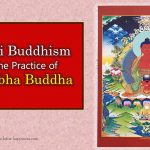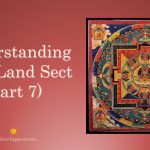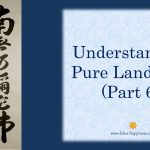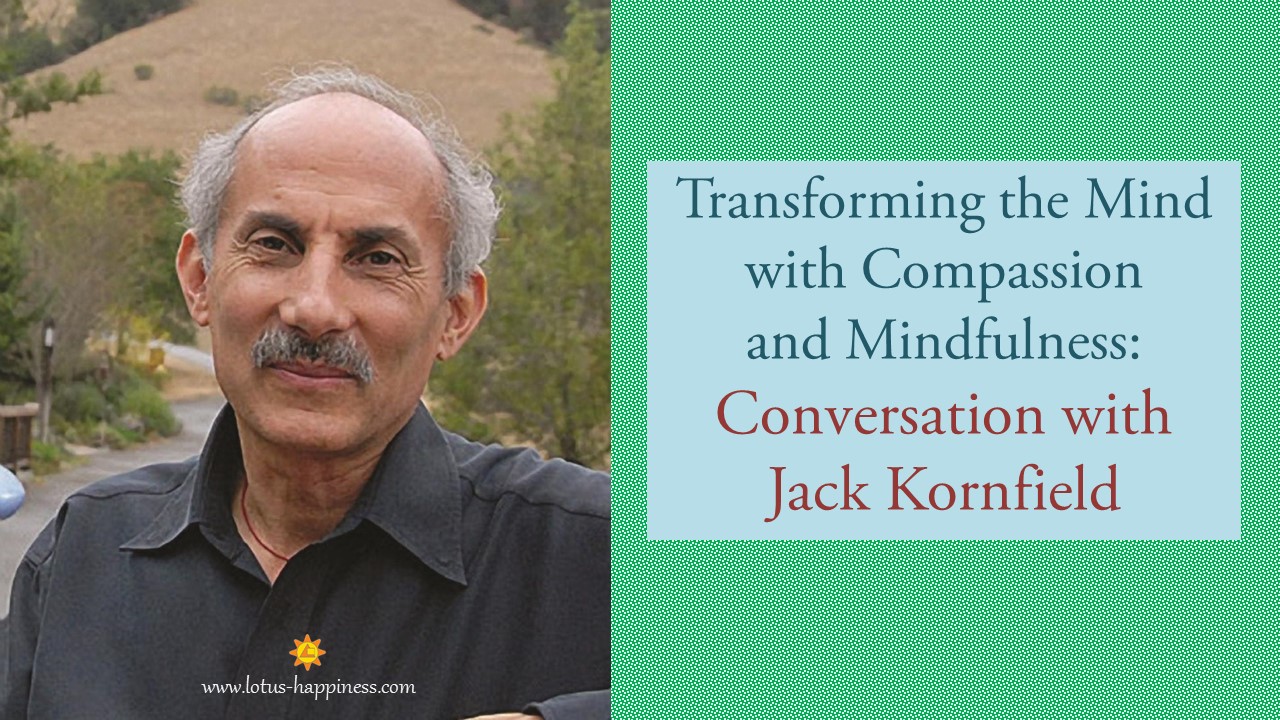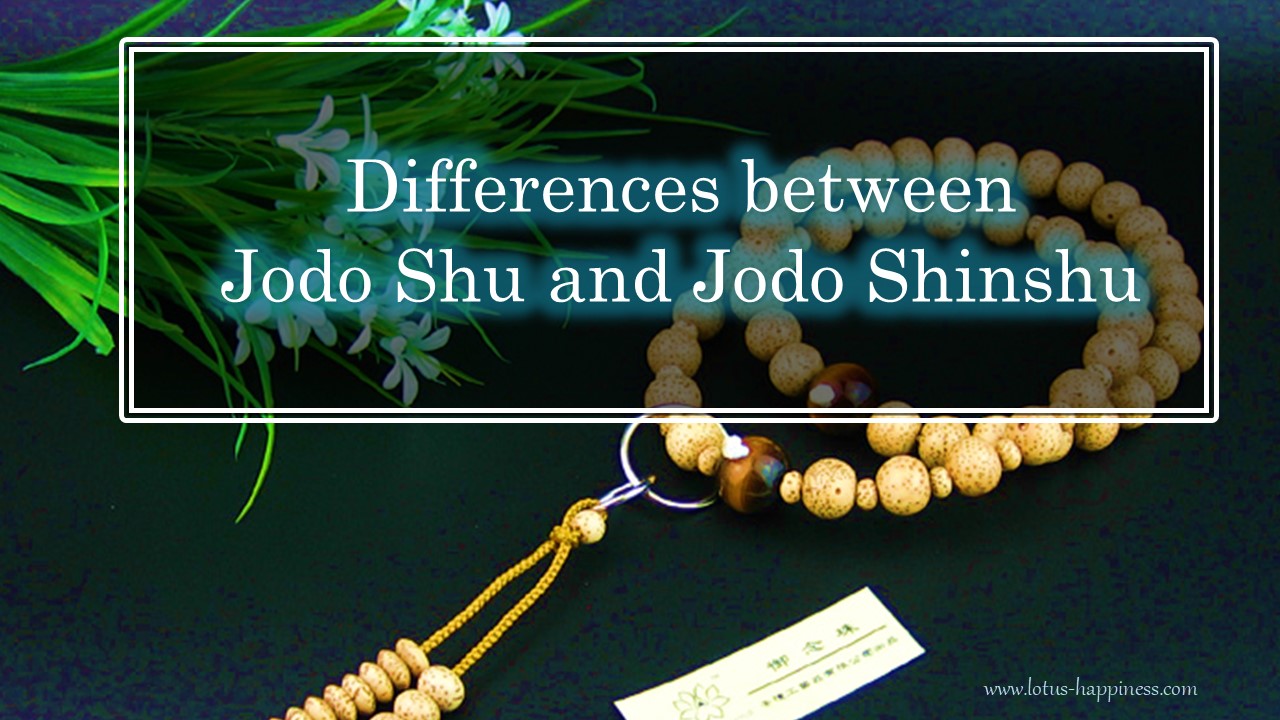Pure Land Method in Cultivation
A Flexible Method for all Buddhists
The Name-Reciting Method of the Pure Land Sect, embracing both the Dharmas of Being and Non-Being, is broad, extensive and miraculous. There are other practices; for example, Contemplating the Buddha’s Image, as taught in Pratyutpanna-samadhi Sutra; the Name-Reciting Method as said in the Smaller Sukhavati-Ryuha Sutra; and Contemplating the Reality cum the Reciting Method as said in Mahasamghata Sutra. Among all these practices, of which the common objective is to be born in the Pure Land, the Name-Reciting Method has the widest appeal to its followers because of its flexible adaptability to Buddhists of different levels and varying good roots. Undoubtedly, the Ch’an practice, the Method of Looking into the Mind, and the Tantric practice are by themselves perfect and profound. However, some of them either call for intensive study of their doctrine, or are adaptable only to people of superior root and intellect, or may take a considerably long time for cultivation, or may require special personal instructions from competent Buddhist teachers. Moreover, even if these requirements are fully met, the question of whether or not the followers may be successful in their practice depends on their respective causes and conditions as well as their own exertion.
The Name-Reciting Method, however, imposes none of these requirements except self-exertion, which is absolutely necessary for every practice. In addition — whether from the phenomenal or the doctrinal aspects — it is adaptable to every learner and practisable by everyone. Indeed, the Dharma attracts the simple-minded by its simplicity as much as it does the brilliant by its profoundness, and therefore it is everybody’s Dharma. It is not too much to say that, had not this Dharma been included in Buddhism, a great many people of the world would not have been able to learn Buddhism nowadays.
Faith, Resolution and Cultivation
As long as we cannot keep anger, greed and passions in control, never can we free ourselves from suffering; but if the mind is free from attachment and detached from thought, it will revert itself to Buddha-Wisdom immediately. However, as it is exceedingly difficult for us to be free from conceptual thought, then, among all things of and beyond this world, what can be better than the thought of reciting the Buddha? Moreover, whenever we think of reciting the Buddha, we can always do so — anytime, anywhere — and every time we recite the Buddha, every time we think of the Buddha, as the saying puts it: “If the practice of Name-reciting is repeated once and again, even an agitated mind will revert itself to the thought of Buddha.” One who “holds on to the holy name” till “his mind is completely free from any influence” may be said to be working unconsciously towards understanding the nature of the self-mind, which is the fundamental keynote of Buddhism. Generally speaking, it is rather difficult for anyone to achieve tranquillity of mind at this stage of development; nevertheless, as long as this Dharma is practised with genuine faith and firm resolution, one can be assured that one will not be reborn in the three Realms any more. (Note: according to the Dharma of Name-reciting, it is absolutely necessary that the power of faith and resolution must be stronger than the karmic force of those recurring conceptual thoughts, or one would surely be carried away by the latter into transmigration. From this, it may be clearly seen that it is only on the solid foundation of genuine faith and firm resolution that the Reciting Method is laid, and if he sees the Buddha, certainly he will realize Enlightenment at last.) Because it is adaptable to people at all levels, the Reciting Method may be said to impart the Dharma of the Pure Land Sect to people of superior, intermediate and low levels by Special Transmission.
Concentration and Intensive Practice
In practice, however, the Name-reciting Method is by no means so simple as it is thought to be, for it calls for single-minded concentration and intensive practice at all times, whether one is sitting, standing, walking, sleeping, at work or at leisure, or in any favourable or unfavourable situation. It must be recited and repeated in such a way that it comes not only from the mouth but also from the heart. And, in case of some unavoidable interruptions, it should be picked up and carried on again. It is only by practising the Reciting Method in this manner that bad karma would be eliminated in due time and the mind would be tranquil and pure eventually. On the other hand, if, one is under the wrong notion that it is easy to accomplish — no matter how long it may be practised — there certainly can be no progress at all. For poor results, the fault does not lie in the Reciting Method itself but in the lack of the necessary effort on the part of the practitioner.
Three Methods of Reciting
Recitation may be done in three ways: silent, loud and the Vajra repetition. Silent repetition may lead the practitioner to be easily distracted of mind, and loud repetition has the bad effect of wearing out his/her voice unnecessarily. On the other hand, the Vajra recitation done between the lips and teeth enables him to carry on the repetition easily and effortlessly and for this reason, is feasible for everyone to practiser. Despite the lack of rules, one may well decide the right kind of recitation for oneself insofar as it is best adaptable to his/her own environment and conditions. As concentration is vitally important for practising the Reciting Method effectively, it is recommended that in order to develop concentration, beginners should practise the Vajra Recitation for an hour every day. Generally speaking, any Dharma may be prastised in any of the foursome ways, namely, sitting, walking, standing and sleeping. However, since beginners can recite better at sitting than in motion, meditation is an important supplementary aid.
Fast Track Method of Reciting
To achieve quick results, we may practise the following four ways:
-
- To recite with intense concentration. In order to control a wandering mind, it is essential for one to concentrate with undivided attention during the recitation. One effective measure to discipline the reciter in developing profound concentration is the method of Hearing, by which every word-for-word repetition, whether continued or broken up, may be instantly checked up; in other words, the Method of Hearing is in keeping with the fundamental principle that if one sense-organ is intensely concentrated, all the other five sense-organs would be also held still automatically. This is the most fundamental tenet of the Reciting Method, as said in the Surangama Sutra: “When the six sense-organs are simultaneously held in concentration, there will be every pure thought in succession”.
- To recite with rejoicing and renunciation. Renouncing the mundane world and aspiring joyfully for the Buddhaland of Supreme Happiness should go together during the recitation. As long as recitation is sufficiently practised in this manner, rejoicing and renunciation would manifest themselves spontaneously. In due time the reciter would be totally free from any karma-forming conceptual thought and thus would be in a state where there is neither grasping nor renouncing, as the Extracts of the Lotus Sutra put it: “When carried to the utmost degree, acceptance and renunciation are virtually in the same course as non-acceptance and non-renunciation”.
- To recite with remarkable diligence and energy. At the moment when the reciter, overpowered by the overwhelming karmic force, feels too despondent to go on the recitation, he should stand up like a man to fight out every obstruction fearlessly and even at the risk of death, without retreat.
- To recite with sincere devotion and affectionate remembrance. While reciting, one should cherish his/her most affectionate and respectful memory of Amita Buddha as if a child, long separated from his/her beloved mother, would think dearly of her when encountering difficulties on the way home. The Surangama Sutra says: “If sentient beings remember and recite the Buddha with affection and devotion, surely they will see him presently and bring themselves near to him, now that Enlightenment is at hand, there is no need to employ any other means to achieve this end”.
A Remark on Reciting Method
The Reciting Method is to be worked out jointly by self-effort and other efforts. It means that by reciting Nama-Amita-Buddha, we sow in our causal ground the seed for the fruit of perfect Enlightenment. If the Reciting Method is practised whole-heartedly, there is no doubt that in due time of perfect practice, every repetition would move towards Enlightenment and harmoniously correspond with the objective reality of every phenomenon. Thus soon after the attainment of Samadhi, the wish to be born into the Pure Land at the nine levels would become a reality!




